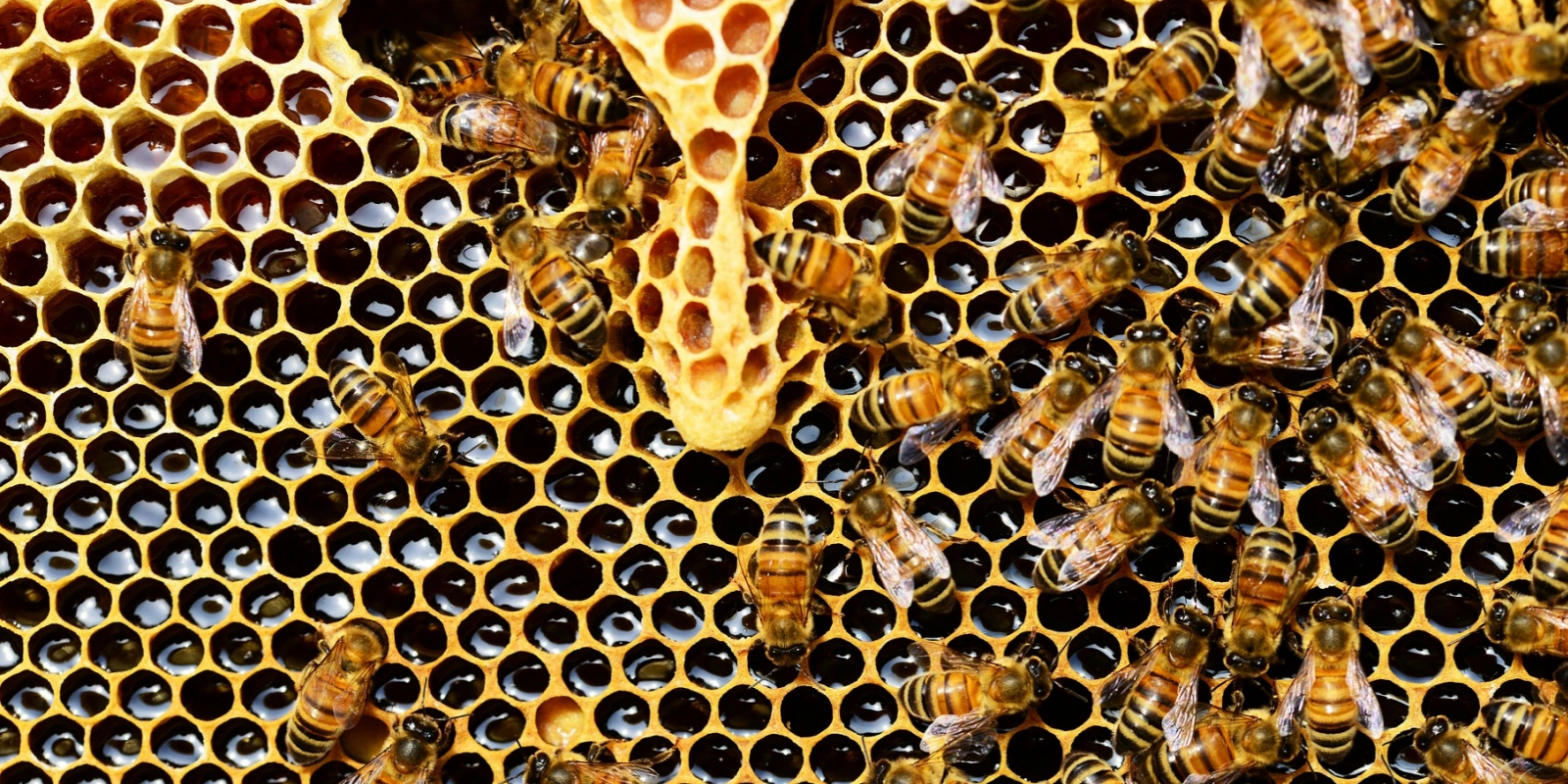
.numberland.
TextAnalyticsFactory: wir machen genau das, was der Name ausdrückt: Text maschinell analysieren

.navigate.
BUSINESS NAVIGATOR PUBLISHING: GESELLSCHAFTLICHER UND TECHNOLOGISCHER WANDEL ERFORDERN EINE NEUE MARKTSTRATEGIE.

.ideate.
WENN DER PASSENDE EXPERTE NICHT ANWESEND IST, BEFRAGEN WIR DOKUMENTE, DIE VON EXPERTEN WELTWEIT VERFASST WURDEN.

.remember.
WENN WIR WÜSSTEN, WAS WIR WISSEN

.explore.
WIR ERSTELLEN TECHNOLOGISCHE MARKTANALYSEN UND ANALYSIEREN DABEI AUCH KOMPLEXE BEGRIFFE

.compare.
WIR VERGLEICHEN EXTERN MIT EXTERN ODER EXTERN MIT INTERN UM STÄRKEN ODER SCHWÄSCHEN ZU FINDEN.

.locate.
WIR KÖNNEN DOKUMENTE EUROPAWEIT REGIONAL ZUORDNEN, UM REGIONEN MITEINANDER ZU VERGLEICHEN.

.change.
WELCHE ASPEKTE FEHLEN, DAMIT IHR GESCHÄFTSMODELL BESSER VON MEGATRENDS UNTERSTÜTZT WIRD?

.identify.
DATEN ALS IMMATERIELLE VERMÖGENSWERTE BILANZIEREN

.combine.
NATÜRLICH LASSEN SICH EINZELNE ANWENDUNGEN KOMBINIEREN

.blend.
NICHT DAS DABEI, WAS SIE GESUCHT HABEN?
.numberland.
.navigate.
.ideate.
.remember.
.explore.
.compare.
.locate.
.change.
.identify.
.combine.
.blend.
Unser Ziel ist es, die Art und Weise, wie SIE Dokumente benutzen, um zu verstehen, wer SIE sind, und wer ANDERE sind, völlig zu verändern.
-
WER WIR SINDWir sind ein Ingenieurbüro mit dem Arbeitsgebiet TextAnalytics. Für unsere Arbeit benutzen wir technische Dokumente, um komplexe Zusammenhänge sichtbar zu machenWARUMErgebnisse werden nachvollziehbarERGÄNZUNGAls Ergänzung oder Ersatz eines Brainstormings
-
Was wir tunWir betreiben Explorative Dokumentanalyse (Mustererkennung und maschinelles Lernen), um das zu finden, was Sie sich durch klassisches Lesen sonst mühsam erarbeiten müssten.90 MillionenWerkstoffnamen finden wir ebenso wie Reaktionsgleichungen, Formeln, Herstellungsverfahren oder Normen90 Messgrößen in ca. 3000 Schreibweisen können wir erkennen und ineinander umwandeln.
-
WIR LIEFERN ANTWORTENAnstatt Experten zu befragen, die Sie zuerst suchen müssten, liefern wir Antworten aus Dokumenten, die von Experten weltweit verfasst worden sind.80 %geringerer Zeitaufwand200 %und mehr Steigerung der Ergebnissqualität
-
MASCHINELLES LESENWir haben Zugriff auf Millionen von Dokumenten mir regelmässigem Update des Datenbestands.450Millionen DokumenteUPDATESjede Woche
Numberland TextAnalyticsFactory - Wissen und Innovation durch maschinelles Lesen technischer Dokumente
- 1. Process
- (Kategorie)
- Erstellt am 21. Dezember 2021
- 2. InnovationLaunch Oktober 2022: Artificial Intelligence (AI), Cloud & Robotic Process Automation (RPA) – Wegbereiter der Digitalisierung, 11.10.2022, 18:30 Uhr, Alexander von Humboldt Haus der Universität ...
- (Lecture)
- 99. InnovationLaunch Oktober 2022: Artificial Intelligence (AI), Cloud & Robotic Process Automation (RPA) – Wegbereiter der Digitalisierung, oder: does IT matter?, 11.10.2022, 18:30 Uhr, Alexander von ...
- Erstellt am 01. Juni 2022
- 3. Influence of process parameters for production of biochar: A potential tool for an energy transition
- (Energy Transition)
- Author(s) Samal, Biswajit;Vanapalli, Kumar Raja;Dubey, Brajesh Kumar;Bhattacharya, Jayanta Book, Journal Biochar: Fundamentals and Applications in Environmental Science and Remediation Technologies,Advances ...
- Erstellt am 25. Februar 2022
- 4. Policy mixes and the policy learning process of energy transitions: Insights from the feed-in tariff policy and urban community solar in Hong Kong
- (Energy Transition)
- Author(s) Mah, Daphne Ngar-yin;Cheung, Darren Man-wai;Leung, Michael K.H.;Wang, Maggie Yachao;Wong, Mandy Wai-ming;Lo, Kevin;Cheung, Altair T.F. Book, Journal Energy Policy 157, NA, 112214 2021-10 Abstract ...
- Erstellt am 25. Februar 2022
- 5. Procurement, finance and the energy transition: Between global processes and territorial realities
- (Energy Transition)
- ... electricity generation, the processes and institutions that procure and finance it have often failed to include or benefit individuals and communities living in the national and local vicinity. This paper ...
- Erstellt am 25. Februar 2022
- 6. The complex relations between justice and participation in collaborative planning processes for a renewable energy transition
- (Energy Transition)
- Author(s) Scherhaufer, Patrick Book, Journal Routledge Handbook of Energy Democracy NA, NA, 256-269 2021-09-21 Abstract NA DOI http://dx.doi.org/10.4324/9780429402302-27 NA: Nicht verfügbar
- Erstellt am 25. Februar 2022
- 7. Understanding social innovation in local energy transitions processes: A multi-case study
- (Energy Transition)
- Author(s) Selvakkumaran, Sujeetha;Ahlgren, Erik O. Book, Journal Global Transitions 3, NA, 1-12 2021 Abstract NA DOI http://dx.doi.org/10.1016/j.glt.2020.12.001 NA: Nicht verfügbar
- Erstellt am 25. Februar 2022
- 8. Topic 17: membrane membranes polymer solvent separation process temperature gas preferably mixture solution porous water pore poly weight flux invention casting cast
- (Explore)
- Topic 17: membrane membranes polymer solvent separation process temperature gas preferably mixture solution porous water pore poly weight flux invention casting cast ... top-ranked docs ...
- Erstellt am 07. Juli 2015
- 9. Topic 14: polymer str liquid polymers ml group hours weight groups reaction formula ch temperature cf process prepared film fluorine compound form
- (Explore)
- Topic 14: polymer str liquid polymers ml group hours weight groups reaction formula ch temperature cf process prepared film fluorine compound form ... top-ranked docs in this topic (#words in ...
- Erstellt am 07. Juli 2015
- 10. Topic 04: reaction invention product anhydride process solvent copolymer carbon formula copolymers reactant polymerization atoms polymers free maleic radical vinyl units dioxolane
- (Explore)
- Topic 04: reaction invention product anhydride process solvent copolymer carbon formula copolymers reactant polymerization atoms polymers free maleic radical vinyl units dioxolane ... top-ranked ...
- Erstellt am 07. Juli 2015
- 11. Topic 25: product process cross resin weight invention catalyst material claim products polymer pat set linking plastic number making linked present polyester
- (Explore)
- Topic 25: product process cross resin weight invention catalyst material claim products polymer pat set linking plastic number making linked present polyester ... top-ranked docs in this topic ...
- Erstellt am 07. Juli 2015
- 12. Topic 23: polymerization plate monomer methacrylate weight resin methyl surface zone syrup mm parts synthetic process water obtained belts group polymer table
- (Explore)
- Topic 23: polymerization plate monomer methacrylate weight resin methyl surface zone syrup mm parts synthetic process water obtained belts group polymer table ... top-ranked docs in this topic ...
- Erstellt am 07. Juli 2015
- 13. Topic 10: film casting solution solvent polymer layer process surface percent invention thickness films weight preferably substrate support composite liquid formed claim
- (Explore)
- Topic 10: film casting solution solvent polymer layer process surface percent invention thickness films weight preferably substrate support composite liquid formed claim ... top-ranked docs ...
- Erstellt am 07. Juli 2015
- 14. Topic 05: component percent liquid mixture binder weight polymer cement composition water temperature material compositions silica free strength comprises process reactive solid
- (Explore)
- Topic 05: component percent liquid mixture binder weight polymer cement composition water temperature material compositions silica free strength comprises process reactive solid... top-ranked ...
- Erstellt am 07. Juli 2015
- 15. Topic 08: layer metal ceramic alloy core tape pattern elements material green method invention casting transducer alloys slip process step article form
- (Explore)
- Topic 08: layer metal ceramic alloy core tape pattern elements material green method invention casting transducer alloys slip process step article form ... top-ranked docs in this topic (#words ...
- Erstellt am 07. Juli 2015
- 16. Topic 21: sheet temperature roll heat side casting mm melt obtained cooling cathode cell surface rate process crystallization degree high treatment thickness
- (Explore)
- Topic 21: sheet temperature roll heat side casting mm melt obtained cooling cathode cell surface rate process crystallization degree high treatment thickness ... top-ranked docs in this topic ...
- Erstellt am 07. Juli 2015
- 17. 29th International Conference of the Polymer Processing Society, Jul 16-19, 2013, Nuremberg, Germany
- (Event)
- 29th International Conference of the Polymer Processing Society, Jul 16-19, 2013, Nuremberg, Germany The Polymer Processing Society was founded with the intention to foster advancement and innovation ...
- Erstellt am 12. März 2012
- 18. NumberlandTechnologyNews-2023-06
- (Newsletter)
- ... Aquatech China - International Exhibition on Drinking Water, Processed Water & Wastewater Technology, Shanghai, China 05.06.-08.06.2023: SONEX - Solar Near East Exhibition & Forum, Amman, Jordanien 05.06.-07.06.2023: ...
- Erstellt am 01. Juni 2023
- 19. NumberlandTechnologyNews-2023-09
- (Newsletter)
- ... Vakbeurs, Hardenberg, Niederlande 12.09.-14.09.2023: netze:ON - Fachmesse für Energietechnik, Verteil- und Breitbandnetze, Leipzig, Deutschland 12.09.-14.09.2023: PROPAK WEST AFRICA - Packaging, Processing, ...
- Erstellt am 01. Juni 2023
- 20. NumberlandTechnologyNews-2023-03
- (Newsletter)
- ... Conference and Exposition, Orlando, USA 20.03.-22.03.2023: IFE Manufacturing (formerly pro2pac) - The Food & Drink Processing & Packaging Event, London, Großbritannien und Nordirland 20.03.-22.03.2023: ...
- Erstellt am 15. März 2023
Unser Markt ist völlig im Umbruch, wir müssen sehen, wen wir in Zukunft beliefern können. Wer braucht unsere Expertise, unser Können und unser Equipment?
Wir verlieren immer mehr Aufträge, weil auch unsere Kunden weniger Aufträge haben.
Wir werden von Einkäufern immer weiter im Preis gedrückt, und können uns nicht wehren.
Wie erschließen wir Neugeschäft? Wie schaffen wir den Markteinstieg?
Ich habe die Firma als Nachfolger übernommen, weiß aber nicht, wohin ich expandieren sollte.
Wir haben viele Dokumente im Intranet, finden aber trotzdem nicht alles, weil Schlagworte ungenügend vergeben worden sind.
Wir brauchen eine Lösung, die es in unserem Markt nicht gibt. Wer kann uns weiter helfen?
Wir brauchen technisches Wissen, das wir nicht haben, vermuten aber, dass es existiert. Wie finden wir es?
Wir wollen die Wirtschaft in unserer Region fördern und mit passenden Regionen vernetzen. Wie kommen wir ans Ziel?
Was wissen unsere Wettbewerber, wir aber nicht, obwohl wir in vergleichbaren Märkten agieren?
© 2024 Numberland. All rights reserved.
